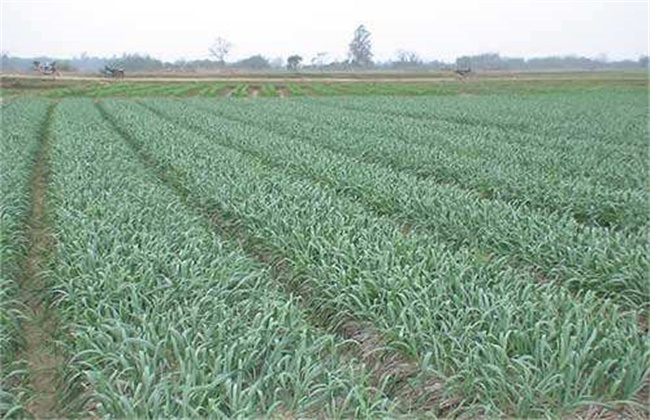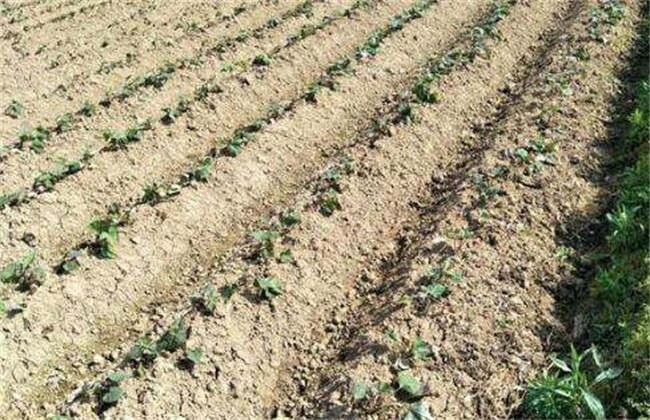Requirements for growth Environment of Portulaca oleracea
Portulaca oleracea is a kind of perennial wild vegetable which grows in rural fields, such as fields, slopes, roadsides, ditches and so on. The growth ability of wild vegetables is very strong, generally, it can survive even if it does not grow in its suitable environment. But if it is artificial cultivation to pursue yield and quality, it is necessary to create as much as possible to provide the most suitable environment for purslane growth. So let's take a look at what conditions are needed for purslane to grow well.

1. Lighting
Portulaca oleracea needs short-day sunshine, the sun is not too strong environment, do not need strong light, in strong light, it is possible to fall leaves, so to plant in a more shady place, and then receive light for a long time, the leaves will become thinner, bigger, abnormal color, no luster, dark and ugly, affecting the taste. But do not shade, shade is prone to diseases and insect pests, weak resistance.
2. Temperature
Portulaca oleracea likes temperature and is not cold-resistant. The most suitable temperature during growth period is 25 to 35 degrees. Below 10 degrees, growth stops, so planting in the subtropics may have to be protected in winter. Summer high temperatures of more than 35 degrees will affect flowering and slow growth.
3. Humidity
Purslane mainly grows near water, so purslane likes to be wet and needs enough water to grow well, but in order to adapt to the environment, purslane has a strong root system, strong water absorption capacity, and strong root regeneration. Therefore, during the growth, there should be more irrigation times and sufficient water to ensure that the soil moisture content is 65%, but the growth peak period from May to June should not be too wet, and keep the soil surface two centimeters dry to avoid diseases. At the beginning of planting, we should be careful not to water the seedlings and refine the seedlings to ensure that the root system is still strong in artificial cultivation.
4. Nutrition
Growth mainly needs the most nitrogen fertilizer, mainly grow leaves, make leaves green and tender, improve quality, ensure growth demand, and apply nitrogen fertilizer many times, but basic fertilizer can use farm manure with more nutrients, including some trace elements. Topdressing for many times in the later stage and less application of potash fertilizer, as long as the rhizome is strong and used in the early stage. You can do less at a later stage. In the later stage, more compound fertilizer can be applied and harvested many times.
5. Soil
Portulaca oleracea grows like fertile soil, has strong roots, likes water and is resistant to drought and fear of waterlogging, so it is necessary to choose sandy loam soil with good fertilizer conservation and drainage, which can be planted in soils that have never planted aquatic plants, and the terrain can be higher than that of rice planting fields. it is best to plant at the foot of the mountain, not far above the water source.
The above are the best environmental requirements for the growth of Portulaca oleracea. According to the growth characteristics and characteristics of Portulaca oleracea, we can provide and improve the environment with reference to the reality of the local environment, so as to improve the yield and quality.
Related
- Where is it suitable to grow horseradish in China? it is expected to see the middle altitude horseradish in Alishan.
- How to prevent tomato virus disease reasonably? (Control methods included)
- Many people like to plant towel gourd on the balcony. What are the main points of this method and management?
- What crops can chili peppers be mixed with?
- Fertilization techniques and matters needing attention in Tomato
- What are the grafting techniques for peach seedlings in spring?
- Harm and control methods of root swelling disease of Chinese cabbage
- What are the pests of sweet potatoes? How to prevent and cure it?
- Symptoms, causes and Control methods of navel Rot in Tomato
- The cause of "Cucumber rotten bibcock" in Farmers' planting Cucumber and its Control Plan



